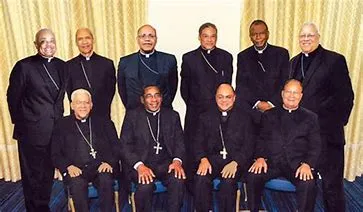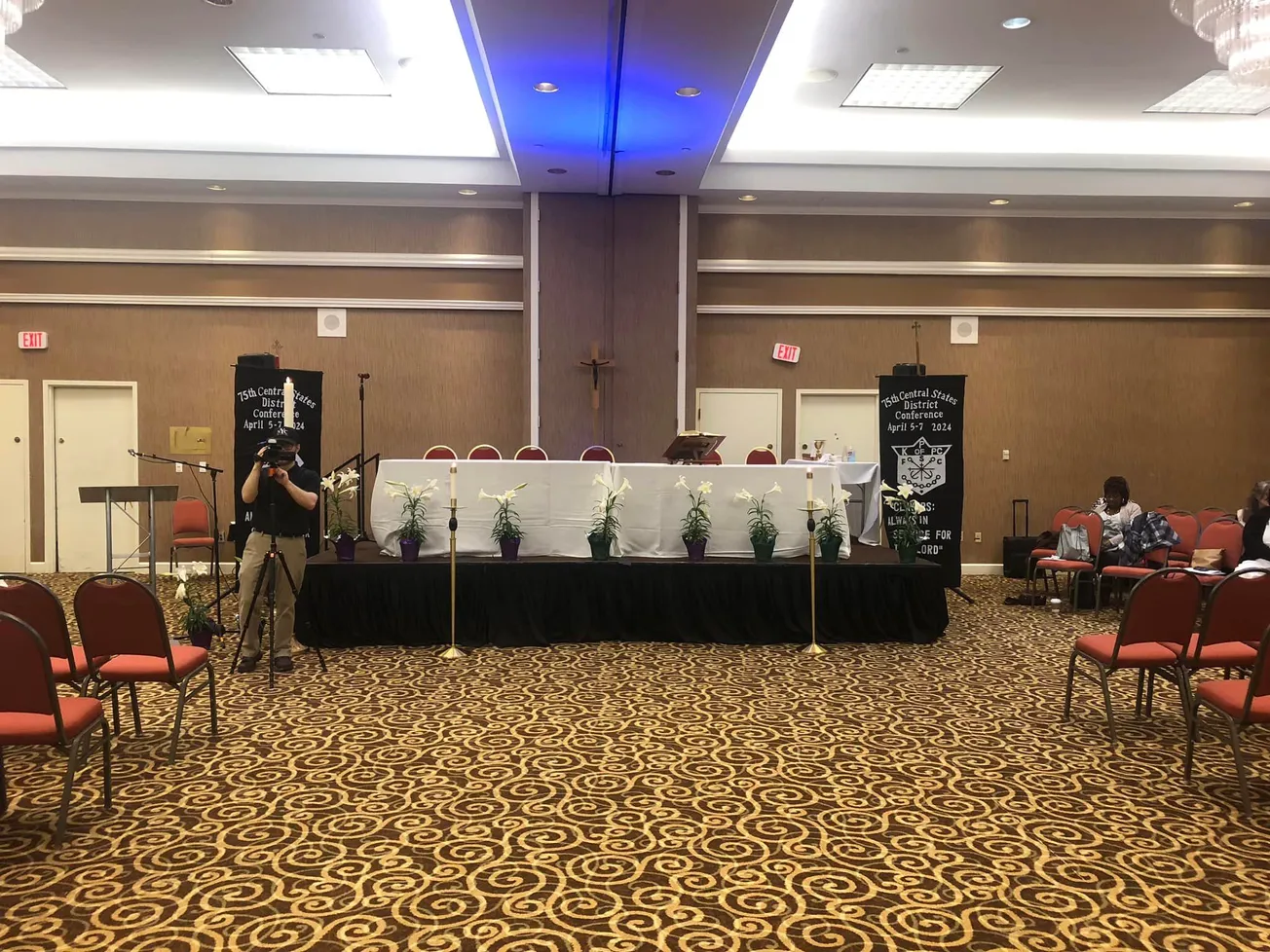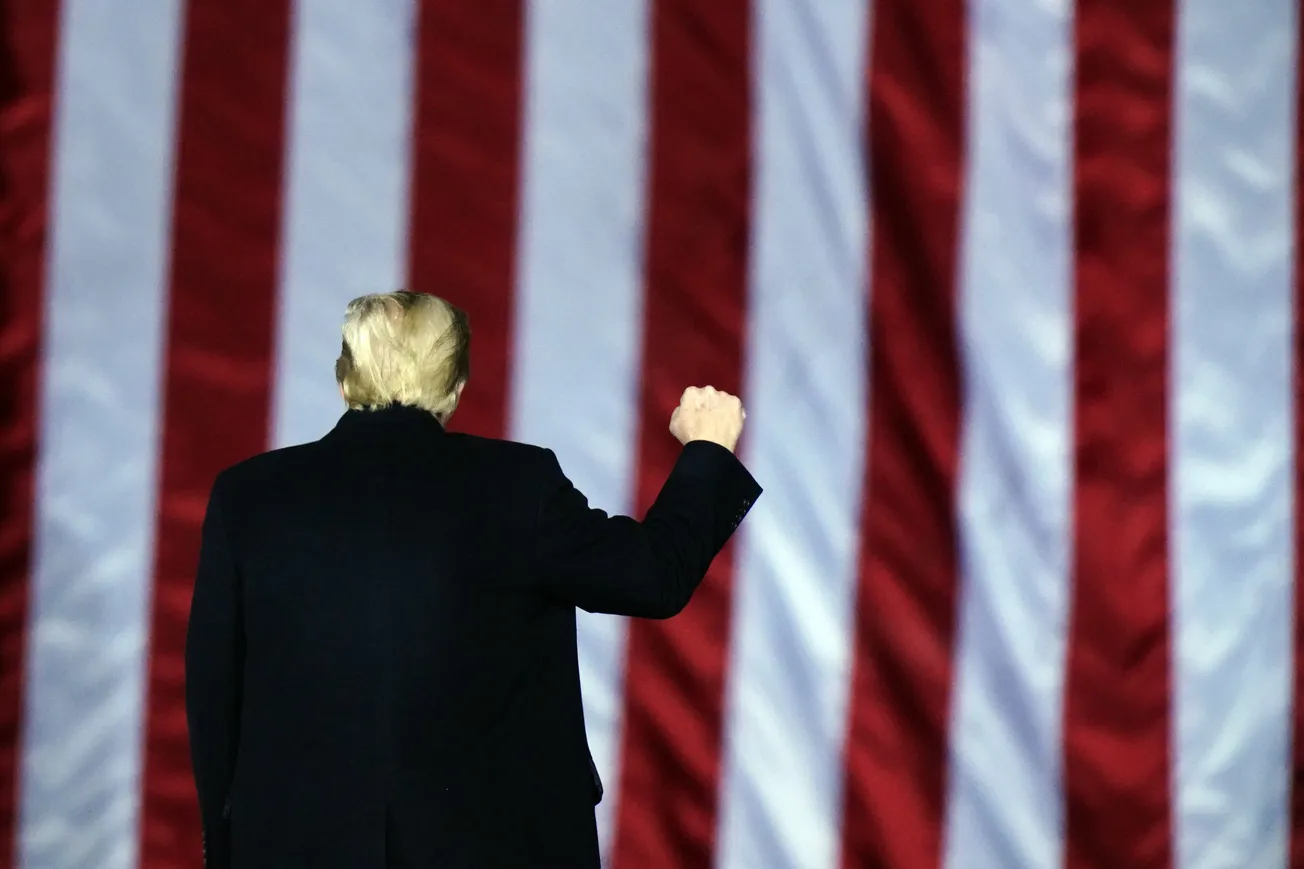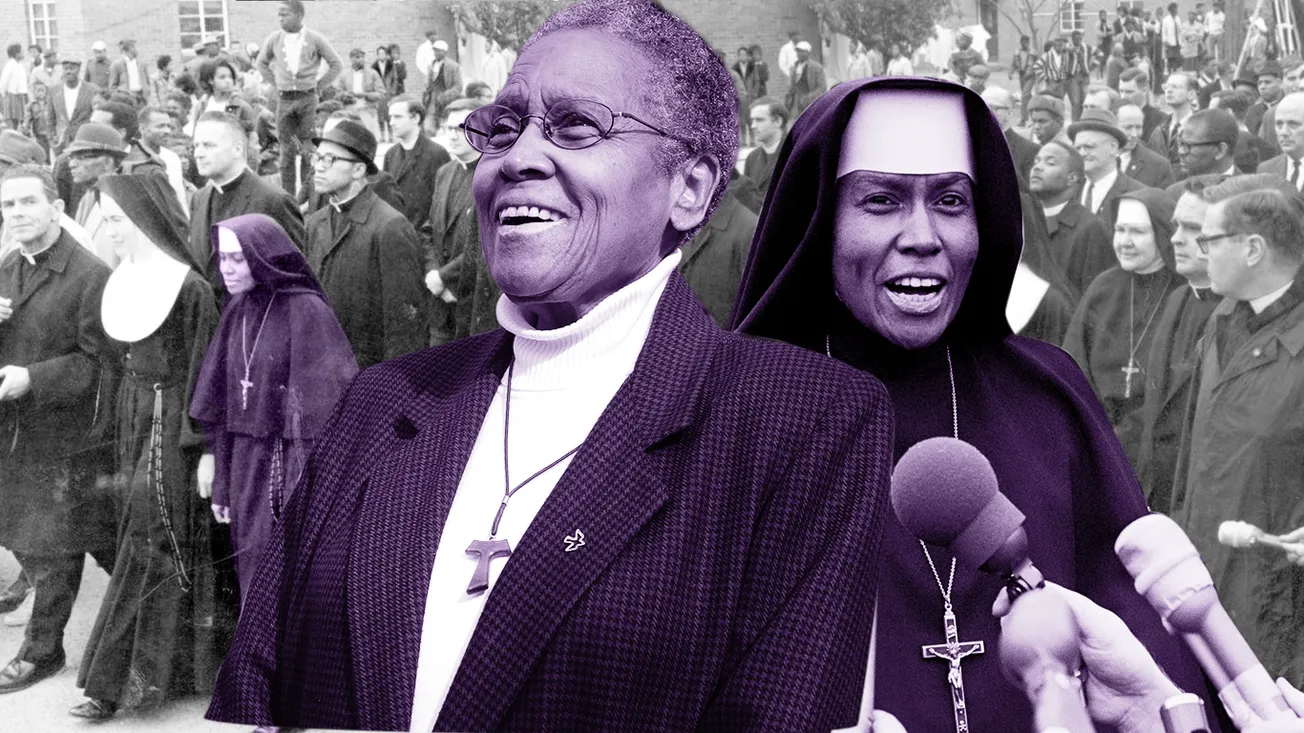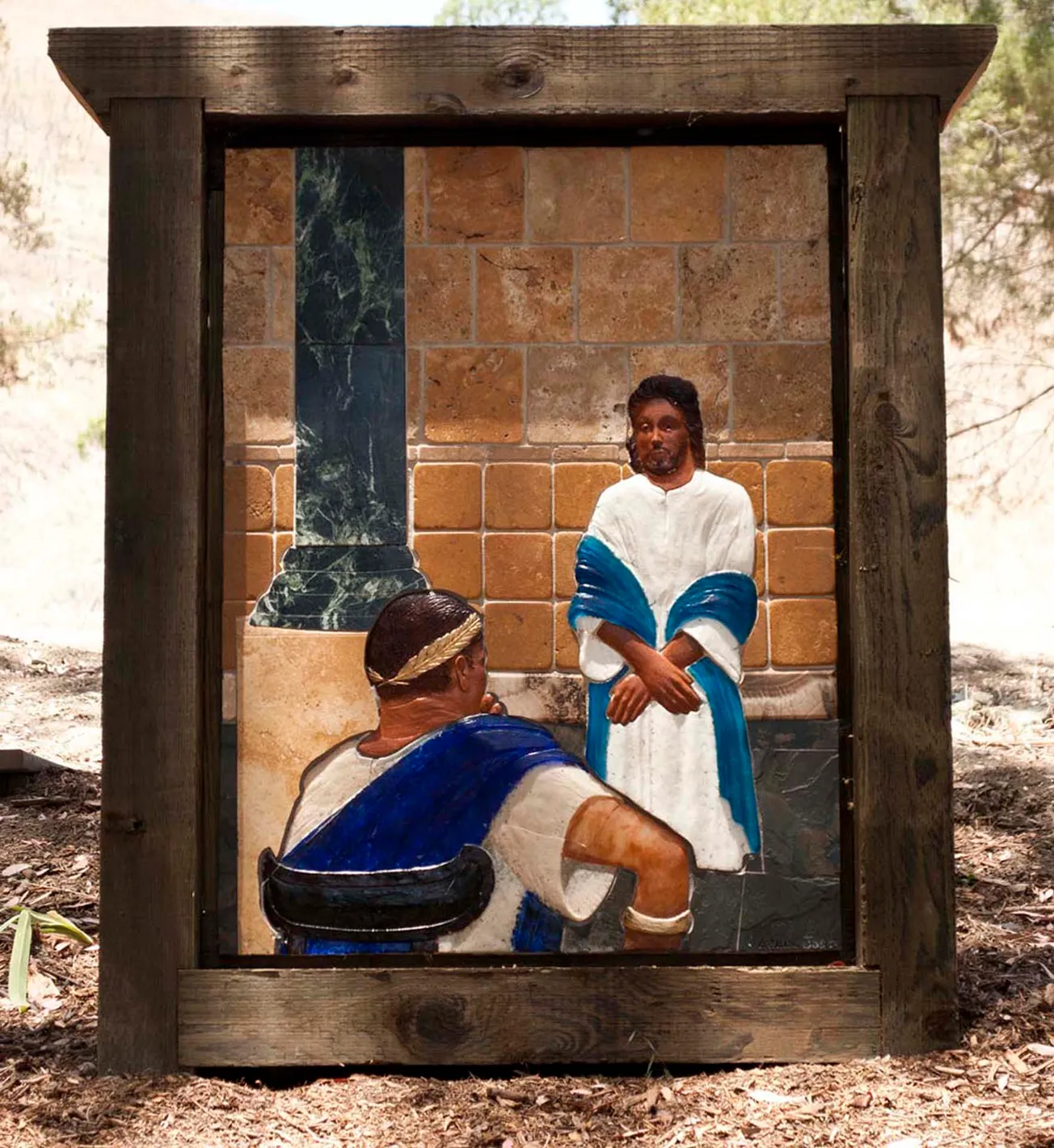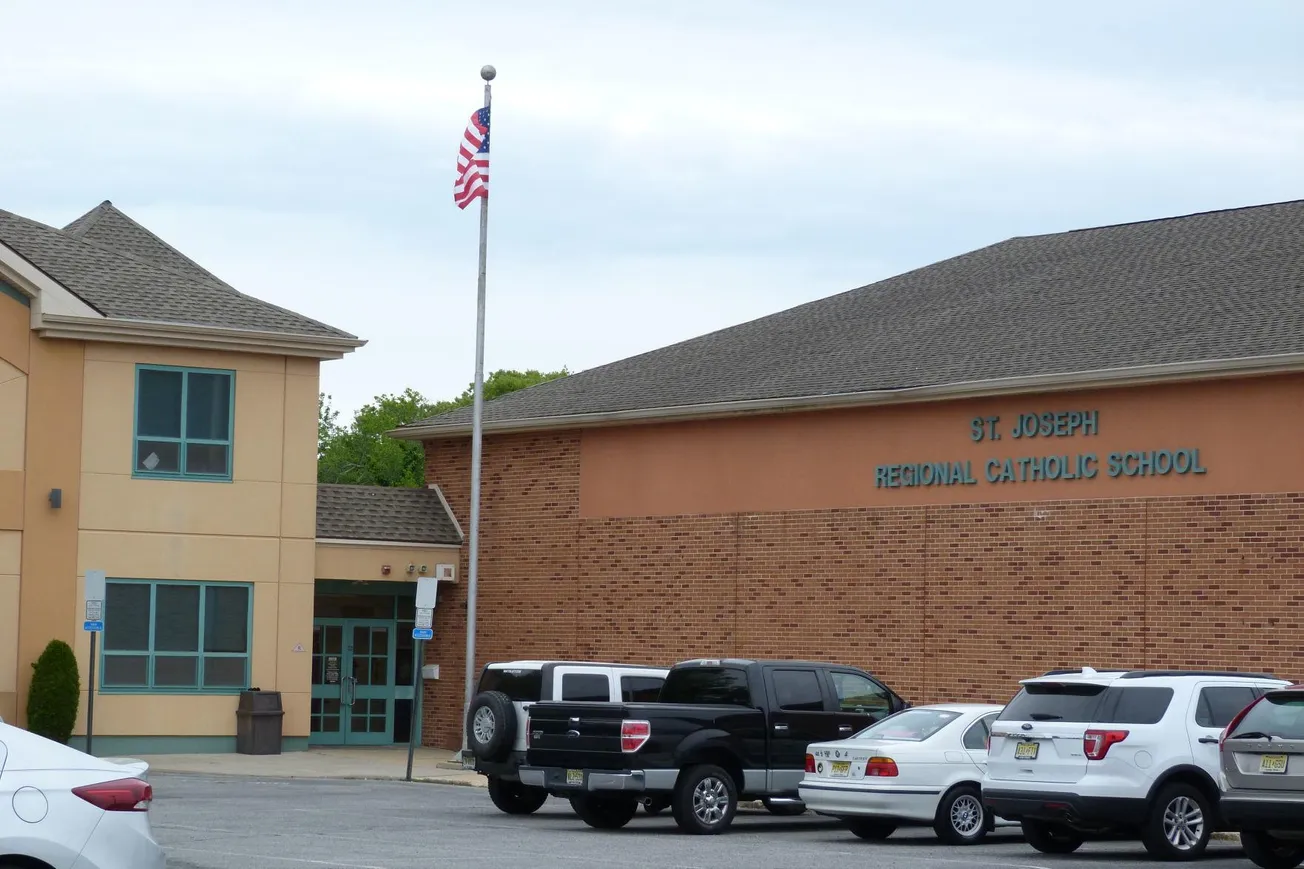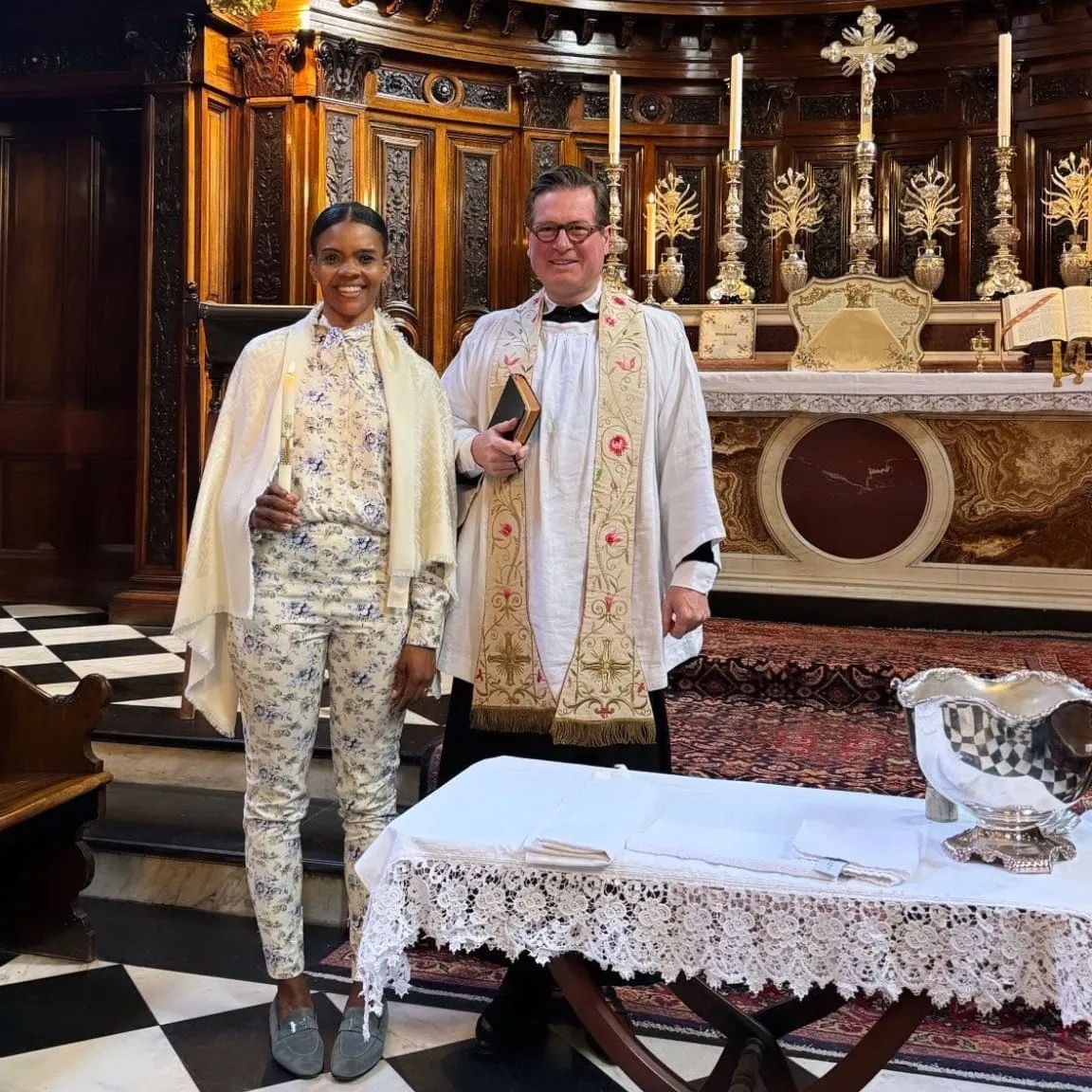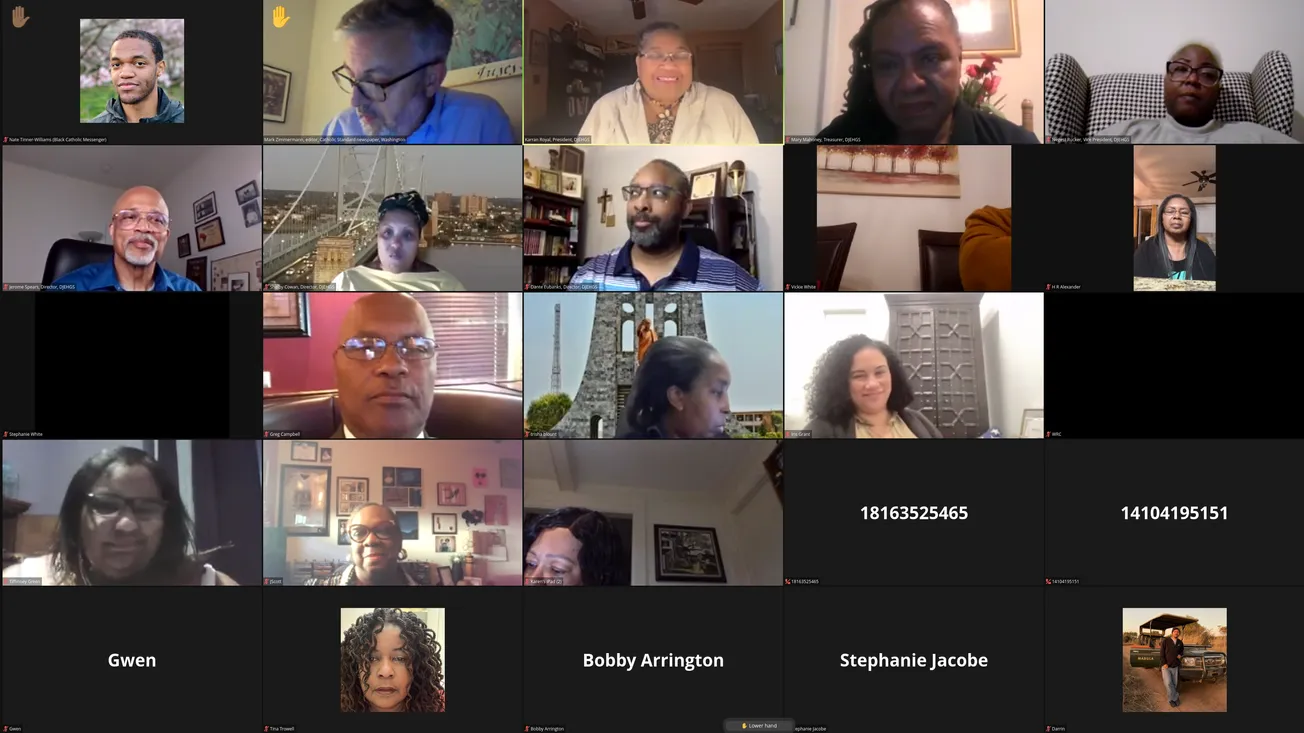Black vocations are in crisis. Black vocations have always been in crisis. Black vocations will remain in crisis without a radical change in course.
I heard recently that, in the past, when some young girls were quizzed with “How many sacraments are there?”, they might have answered “Seven for boys. Six for girls.”
While it is of course the teaching of the Church that the priesthood is open only to men, the sad reality is that, for most of the history of the US Church, the axiom also applied to at least one other group: “Seven for White men. Six for Black men.”
From the moment of the “founding” of the US Church, the issue of Black Catholics—and Black Catholic vocations specifically—was internally beholden to the racist doctrines of the day. That is to say, from the 1520s to 1886 (and from then to the 1950s), there was scarcely a chance that a Black Catholic could become a priest.
Though many are not aware of it (and often outright deny it), during that period there was a ban on Black seminarians in the United States. It wasn’t merely that Black men didn’t become priests; they were systemically denied the opportunity, even when they attempted it.
(The first openly-Black seminarian, as many also do not know, was William A. Williams in 1855—and he was pushed out.)
Shortly following the ordination of Venerable Fr Augustus Tolton (in Rome) some three decades later, a movement of Black laypeople began to organize under Daniel Rudd, who had previously founded the first Black Catholic newspaper, the American Catholic Tribune.
His new organization, the Colored Catholic Congress, would spark an organizing spirit in the nascent Black Catholic Movement, which would not reach its zenith for another 70 years. However, the CCC (and the Tribune) did not last long, effectively silencing a national Black Catholic voice agitating for Black vocations. For a time, anyway.
One US group began to (sporadically) ordain Black men around the same time: the Society of St Joseph of the Sacred Heart (aka the Josephites), a society of priests formed specifically to minister to African Americans.
Their founder, a White priest named John Slattery, was adamant that Black priests were crucial to the growth of Black Catholicism. His co-founder was Fr Charles Uncles, the first Black priest ordained in America. Soon thereafter came the second, the Josephites' Fr John Henry Dorsey.
That said, Slattery himself would go on to restrict Black seminary candidates—a Josephite policy that lasted throughout most of the Jim Crow era. A tried and true Americanist (which is not the heresy you think it is), his effective censuring with the release of Pope Leo XIII’s “Testem benevolentiae nostrae” led to Slattery’s eventual departure from the Church—a victim both of the Church’s overwhelming racism but also his own misgivings about Black people and about Catholicism.
Eventually, an international order, the Divine Word Society, stepped in to save the day, opening up a segregated high school and seminary, St Augustine’s, in the Deep South in 1920—which led to the ordination of Black men at an unprecedented (though still paltry) rate.
Five years later, in 1925, Saint Katharine Drexel founded Xavier University of Louisiana (XULA), the first and only Catholic HBCU. It would go on to produce, educate, or otherwise influence more Black priests than any other.
That same year, Black Catholics began to organize nationally once again, this time as the Federated Colored Catholics under Thomas Wyatt Turner, a pioneering Black botanist who incessantly pressured the Josephites to admit Black men into their seminary. He was joined by Fr Dorsey’s brother, Marcellus, who did so in the pages of The Baltimore Afro-American.
Having just endured capitol riots of their own, Black Catholics like Turner and Marcellus would hear nothing of “peace” and “unity” despite clear and present (and racist) danger. Such advocacy, then as now, led to opposition from moderate White and Black Catholics alike.
Marcellus was expelled from the Knights of Peter Claver after criticizing various Josephites specifically—including Fr Conrad Rebesher, a White priest who had helped found the KPC. At the time, neither the Josephites nor the KPC openly opposed segregation.
Turner—beset by two Jesuit priests, John LaFarge Jr. and William Markoe, who entered FCC leadership with “interracialism” and “race relations” in mind (rather than Black uplift)—was eventually removed from leadership in the organization he founded, leading to its eventual demise. (LaFarge would spearhead the similarly doomed Catholic Interracial Council in its stead.)
Eventually, in the late 1930s, the KPC came to oppose segregation, and the success of St Augustine’s inspired the Josephites to finally swing wide their gates to Black candidates beginning in 1942. Other orders and dioceses would soon follow.
However, as quickly as institutions were integrated, White Flight segregated them once again. This did not, however, stop White Catholic leaders from closing Black parishes, schools, and other institutions anyway—including St Augustine’s in 1967.
Black Catholics, emboldened the next year by their newfound embrace of Black Consciousness and a distinct Black Catholicism, resisted such closures in cities around the country, organizing once again as the National Black Catholic Lay Caucus (NBCLC or NBLCC) and in various other new groups (including the National Black Catholic Clergy Caucus and National Black Sisters’ Conference).
The Josephites, still a largely White order, responded poorly to this revitalized Black Catholic Movement, leading (among other factors) to a mass exodus of seminarians by 1970. In light of this brand-new chapter in the vocations crisis, the society would soon face Black Catholic protest once again—this time from the Lay Caucus, in the form of a March 1971 sit-in.
Within a few months, the Josephites closed their seminary entirely. The next year, most of the Black seminarians left the order and four Black priests resigned. Only five Black Josephites were ordained between 1970 and 1979.
In 1980, the Institute for Black Catholic Studies was founded at XULA, bringing Black Catholic graduate-level theological education back into the fore, but never again has a Black (or Black-focused) seminary emerged.
Also unrecovered are African-American Josephite vocations. Their most recent native-born Black priest who is still living, Fr Michael Thompson, entered seminary in the 90s, and they have but one African-American seminarian today.
Lord willing, springtime will bring the “National Day of Prayer for Black Vocations”, an event formerly held each Spring by the National Black Catholic Seminarians Association (NBCSA)—whose new president happens to be that one seminarian.
Perhaps soon I will join him. Though many are ashamed of much of the country and much of the Church, I have entered pre-postulancy for the Catholic priesthood with these same Josephites, an American society with American baggage but a bright future.
It is a society that I often find myself criticizing in my head but yearning for in my heart, not unlike the Church which houses it. Indeed, as some wonder how Black people remain Catholic at all, many of us seek to anchor ourselves more deeply in the Church than ever.
To that Church I say this: Black people don’t need any more statements. What we do need are the same things we needed 25, 75, 150, and 250 years ago: more priests, more sisters, more churches, more schools, more bishops, more protections, and more self-oversight.
Whether we will get them is up to God, but our agitation should not be optional.
Nate Tinner-Williams is co-founder and editor of Black Catholic Messenger, in priesthood formation with the Josephites, and a ThM student with the Institute for Black Catholic Studies at Xavier University of Louisiana (XULA).


